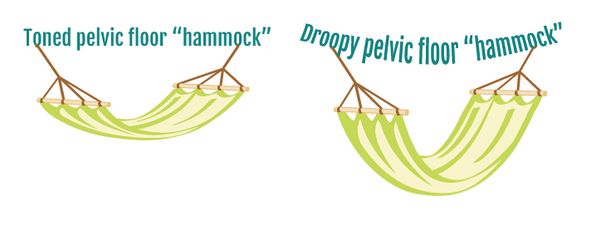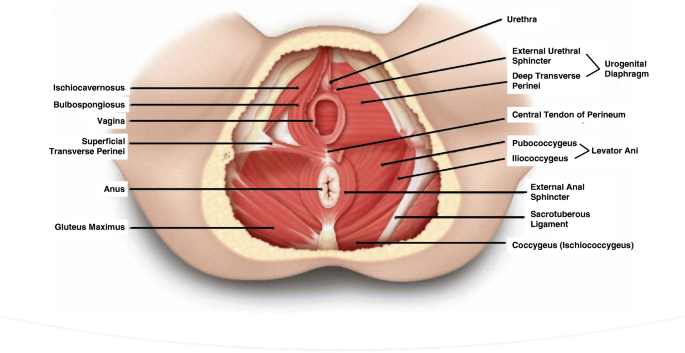The purpose of this review is to give an overview of pelvic floor muscle pfm dysfunction in women including evaluation diagnosis and treatment.
Hypertonic pelvic floor muscle dysfunction and vestibulodynia.
Upon palpation there is usually absent pain of the pelvic floor muscles.
This can cause tenderness and redness of the vestibule without there being an intrinsic problem of the tissue of the vestibule.
Increased tone causes a decrease in blood flow and oxygen to the muscles of the pelvic floor.
Jeffcoat also mentions the little things add up too.
This condition also called levator ani syndrome or and previously called vaginismus is a common cause vestibulodynia pain of the vestibule and dyspareunia painful sex.
Pelvic floor muscle hypertonicity was implicated in the mid 1990s as a trigger of major chronic vulvar pain.
The pelvic floor muscles are a group of muscles that attach to the front back and sides of the bottom of the pelvis and sacrum.
Your pelvic floor is the group of muscles and ligaments in your pelvic region the pelvic floor acts like a.
If a diagnosis of hypertonic pelvic floor muscle dysfunction is made then treatment can consist of pelvic floor physical therapy by trained womens health physical therapists muscle relaxants biofeedback and botox injections.
Hypertonic pelvic floor muscle dysfunction as a phenotype of vestibulodynia or vulvodynia.
In this condition the muscles that surround the vestibule are tight and tender.
Hypertonic pelvic floor muscle dysfunction refers to a condition caused by tightness in the pelvic floor muscles or the levator ani complex this area of taut muscle bands can spasm which decreases blood flow and oxygenation increases lactic acid and causes pelvic pain.
The prevalence of pfm dysfunction is thought to be higher in women and may contribute to urinary defecatory and sexual dysfunction as well as chronic pelvic pain.
They are like a hammock.
The pelvic floor can enter a state of chronic tension creating what is known as hypertonic pelvic floor says reeves.
Many people with pelvic pain have pelvic floor dysfunction but specifically hypertonic muscles or muscles that are too tight.
This can lead to a build up of lactic acid.
In this condition the muscles that compose the floor of the pelvis and which come together in the back part of the vestibule.
Pelvic floor dysfunction aka levator ani syndrome pelvic floor hypertonicity vaginismus.
The successful treatment of women with vestibulodynia and its associated chronic pelvic floor dysfunctions requires interventions that address a broad field of possible pain contributors.
Hypertonic pelvic floor muscle dysfunction.









